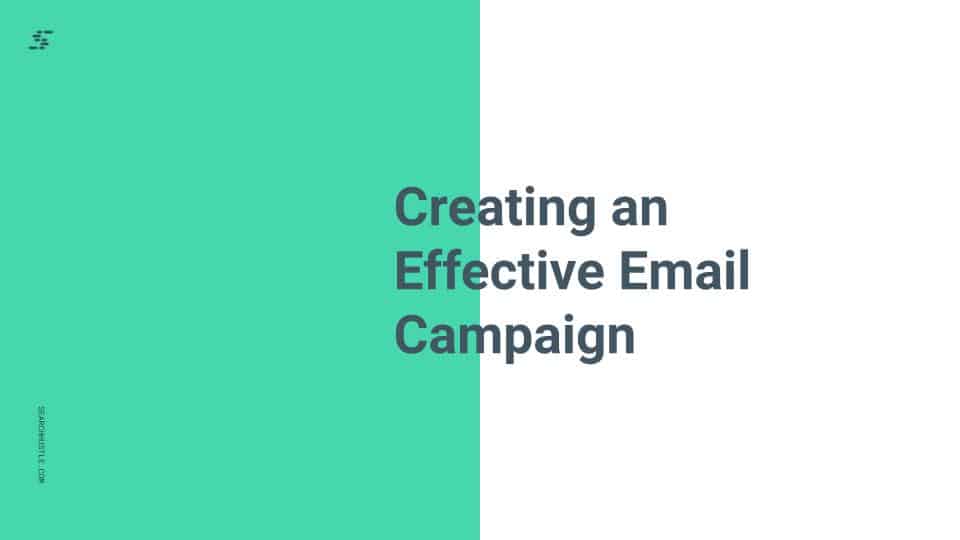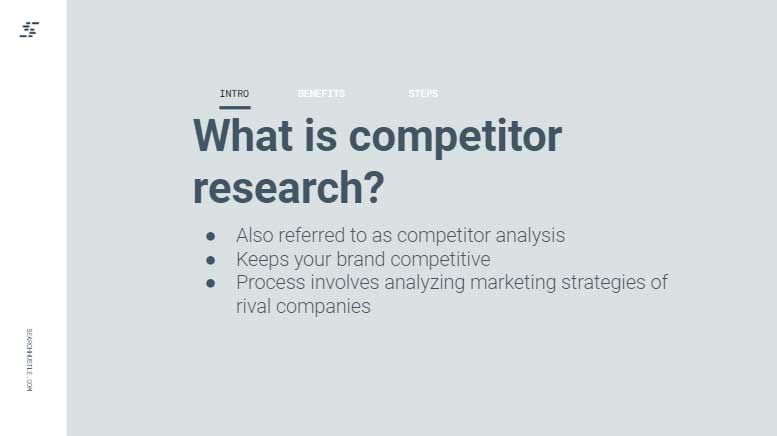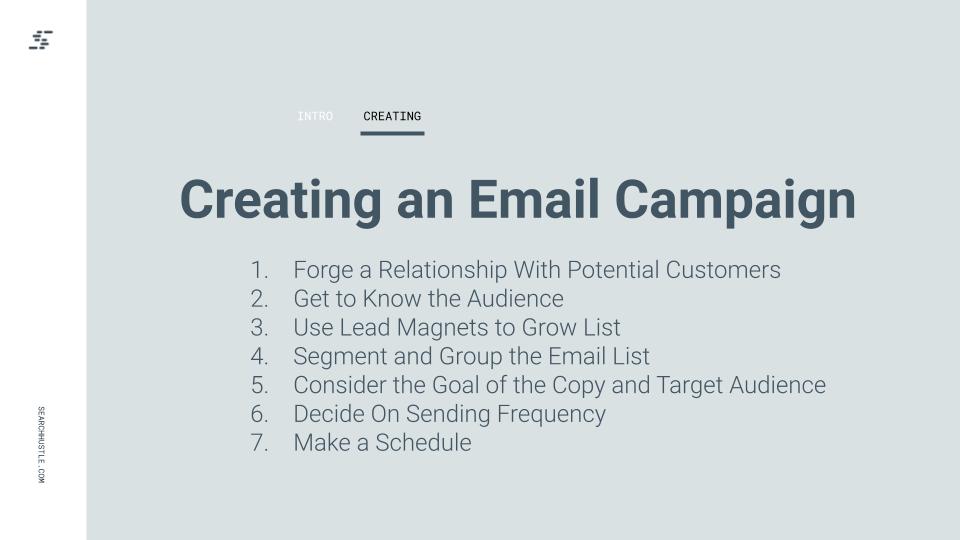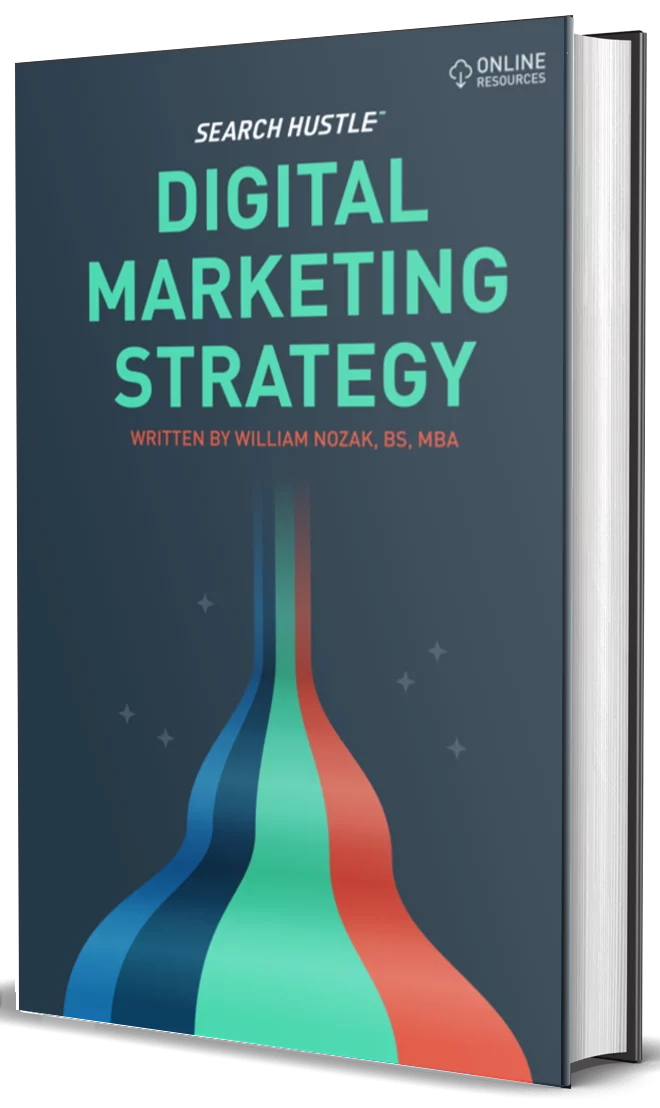Creating an Effective Email Campaign
An effective email campaign increases customer loyalty and helps convert leads. For the email campaign to be successful, there must be a marketing strategy in place.

Establish rapport with the potential client

Know the audience
Matching email content with the audience takes time and effort. The necessary details can be found through tactics like:
● Pay attention to the data
● Be mindful of what competitors are doing
● Conduct customer surveys for feedback
● Use market trends within a geographical location
● Track customers’ past purchases
● Study customers’ purchase frequency
● Trial and error
Grow Your List: Subscriptions, free giveaways, and free estimates
Growing an email list should always remain a top priority for your business. After all, no matter how well put together the emails are if there aren’t many people receiving them, the campaign will struggle to reach its goals. Consider your email list one of your most important assets. Always seek to keep it fresh, growing, and engaging.
Lead magnets can help make a list grow fast. A lead magnet is a compelling offer given away for free in exchange for the person’s email address.
A lead magnet can be a wide variety of offers so long as it adds value to the potential subscriber. A few examples include the following:
● ebooks
● Checklists
● Infographics
● White papers
● Webinars
● Free consultation
● Free trial or sample
Segments and groups
We’ve already covered segmentation in an earlier chapter, but it’s also highly relevant to the success of your email marketing campaigns. In this sense, you look to divide email subscribers into smaller segments. By segmenting people into different lists, emails become more tailored to that list’s interests, and you can deliver more relevant material. To do this, you should use programs such as Autopilot, InfusionSoft, or any email marketing software allowing advanced segmentation.
Several different criteria can be used to segment email lists:
● Geographic: People are segmented into lists based on their geographic location. This is handy if a promotion is being offered at a specific brick-and-mortar store location or if an event is being hosted at a particular spot.
● Content: This type of segment requires data that’s been collected based on the activity of the contact. What did they purchase? What pages did they visit on the website? Did they download anything?
● Behavior: This type of segmentation requires even more detailed data. How long did the customer stay on a particular page? How often do they visit the site? Do they load a specific type of information, product, or service?

Think about content and the message to convey
To have effective email copy, the goal of the copy and the target audience need to be known first. From there, craft compelling email copy that offers value to the reader. It should cover topics that interest the intended audience.
A few tips to keep in mind for persuasive email copy include:
- Write in a conversational tone
- Tell a story
- Show personality
- Use short paragraphs and bullet points where possible to break up the copy
Establish sending frequency and goals
Decide how often emails will be sent to different subscriber lists (there are different schools of thought, i.e., 12-touch system). Certain subscribers might be more interested in receiving more frequent content, while other subscribers might become annoyed by regular emails and unsubscribe. This is where understanding the target audience helps and paying attention to your email analytics.
Make an email marketing schedule
Consistency is key to ensuring any email marketing campaign is successful. That’s where following a marketing schedule comes into play.
A marketing schedule is a vital tool that can help plan, schedule, and organize the delivery dates of content. A marketing schedule will assist in keeping the overall strategy on track.

Ready to Take Your Search Hustle Further?



